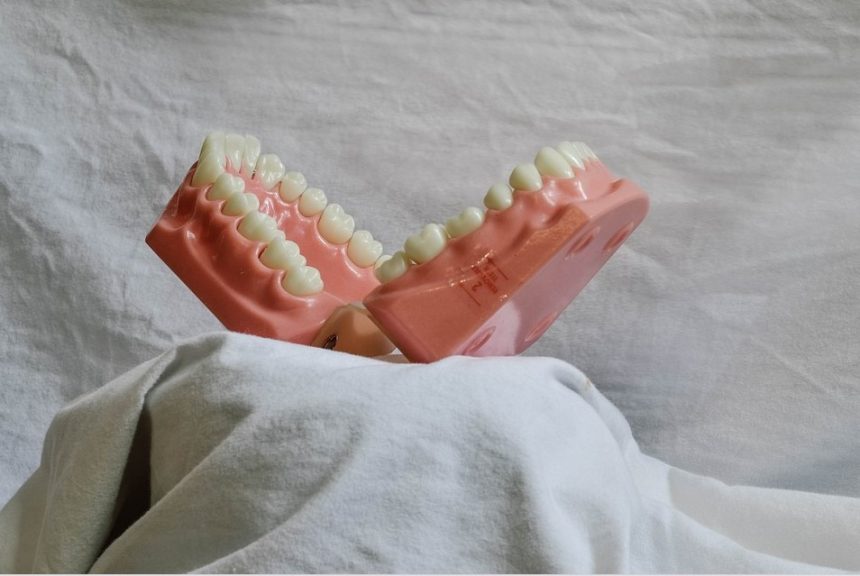Does your smile make you feel stumped? You’re not alone. In fact, 69% of adults between 35-44 are missing at least one tooth from trauma or decay.
Rest assured that you can find the right dental implant to give you more reasons to smile. Read on to learn more about the different types of dental implants you can get.
Different Types of Dental Implants
There are two prominent dental implant types that you can get, depending on your needs. Your Prosthodontists will help you choose the best one, depending on your jaw bone health, density, and personal preference. They will also walk you through the coating process to make the implant feel more natural.
Working with the best dentist in Houston — check out their website here: https://memorialdentists.com/best-dentist-in-houston/ — will help make this process a lot easier.
Now, let’s take a closer look at how dental implants work.
Endosteal Implants
These are the most commonly used implants. They are even labeled as the best dental implants and for good reason. Since they are drilled into your jawbone, they are known for being both the most stable and feeling the most natural out of dental implants.
The treatment is multi-faceted. Once you get the titanium screw inserted, you will need to wait a couple of months before moving to the next step. This is because your jawbone and soft tissue need to heal.
The only catch is that you need to have sufficient jawbone density to get this implant. If your jawbone has been worn down by disease or other traumas, it will not be able to hold this titanium screw.
Subperiosteal Implants
These once common implants are rarely used today. Nevertheless, they are still a great option for those whose bone density and overall health are not sufficient enough to hold an Endosteal implant. Instead of being drilled into the bone, they are placed on top of it with metal exposed through the gum tissue.
Since you are not drilling into your jawbone, this treatment has a shorter healing time between appointments. While this gives more support than regular dentures, it does have less stability than Endosteal implants.
Dental Implant Options
Depending on the strength of your jawbone and how many teeth you need to be replaced, there are few options you can choose from. You can use these alongside Endosteal or Subperiosteal implants or instead of them.
Both the Endosteal and Subperiosteal implants require the two-stage implant process to allow for both the minor surgery, healing time, and adding the appropriate coating afterward. See some examples below.
- Immediate Load Dental Implants
- All-On-4 Implants
- Single or Multiple Implants
- Two-Stage Implants
- Single-Stage Implants
- Mini Implants
Many of the delivery methods revolve around the size and number of units you want to be implanted.
All-On-4 Dental Implants
If you have unfortunately lost most of your teeth due to gum disease or trauma, this is a great option for you. Instead of dealing with bone grafting, you can get temporary teeth placed either the same day or shortly following the treatment.
This small surgery places four screw implants into your jaw that allow your new set of teeth to secure them. It’s also a great alternative to dentures.
Regain Your Confidence, Today!
Now that you know what different types of dental implants there are, you can make a more informed decision for yourself. Dental implants can help you restore your confidence, ease teeth pain, and prevent more jawbone decay.
Whether you get one or a full set, you will be able to work with your Prosthodontist to find the best for you.
Want more health advice and information? Follow our blog for all the latest personal health and wellness things to know!















